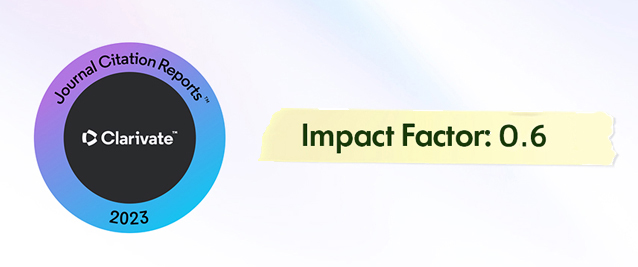Abstract
Earthquakes are seen to be complex phenomena when their occurrence reasons are investigated. Factors such as the presence of a fault line and between earthquake relationships like foreshocks, mainshocks, and aftershocks may be considered as some of the sources for this complexity. Estimating the earthquake risk and modeling the earthquake intensities over a region is vital in minimizing future tangible and intangible losses. The principle aim of this study is to examine the clusters and seismicity of moderate to major earthquake occurrences in the North Anatolian Fault Zone (NAFZ). For this purpose, a rectangular region including the NAFZ is selected as a study region to analyze the earthquake patterns. Attributes of moderate to major earthquakes with a magnitude higher than 5, which are listed regarding time interval and space domain in the earthquake catalog, are visualized owing to exploratory data analysis techniques. Spatial patterns for the earthquakes are revealed, and simulations of the earthquakes are realized using spatial processes within the specified time and space domain. Intensity changes and related earthquake risks are disclosed. The western part of the region is classified as having a higher risk for future earthquakes because of having higher previous earthquake and magnitude intensities.
















